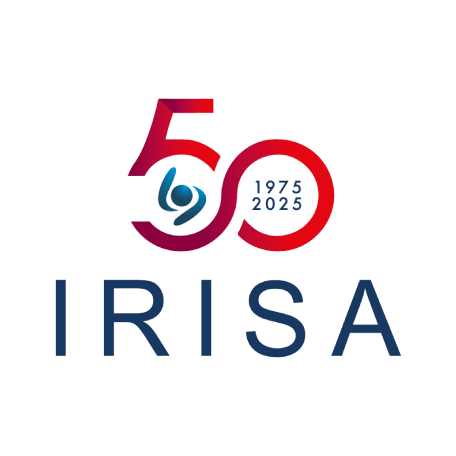Person in charge
Ludovic Hoyet (Researcher Inria)
Description
Virtual Reality, Virtual Humans, Interactions and Robotics
The research work of the "Virtual Reality, Virtual Humans, Interactions and Robotics" department focuses on studying interactions between real, virtual and cyberphysical environments. In this context, the main activities are focused on three axes:
- Sensor-based control for robotics
- Analysis and synthesis of individual or collective human movements
- The use, study and development of new paradigms based on mixed reality approaches
The complementary expertise of the different teams enables us to highlight numerous internal collaborations within the department, notably through numerous collaborative projects (national or European) and co-supervision of theses. The scientific challenges of the different teams are based on common methodologies in terms of formalization, modeling and evaluation, and cover
- HYBRID (Haptics, Brain-Computer Interfaces, Mixed Reality): the development and evaluation of collaborative mixed reality applications, by proposing hybrid approaches of interactions mixing body-based interactions and brain-computer interfaces
- MIMETIC (Animation, Biomechanics, Sport, Virtual Reality): the design of simulation methods for virtual humans with realistic behavior and movements, with applications to the fields of sport and ergonomics
- RAINBOW (Control, Haptics, Robotics, Sensors): the development of robots equipped with sensors and capable of navigating and interacting with human users in complex and unstructured environments
- VIRTUS (): the creation of immersive populated virtual environments, where virtual and real humans coexist, with a sufficient level of realism so that the virtual experience and its results can be transposed into reality
This work is also made possible by access to two platforms maintained by the department's teams:
- Robostar is a robotics platform accredited by the University of Rennes 1, which consists of several platforms. The robotic vision platform is used to validate research in visual servoing, the mobile robotics platform is used to validate research in vision-based navigation and driving assistance, the medical robotics platform is used for work on needle insertion, elastography and improving the quality of ultrasound images, the indoor drone fleet is used for research around patrol flight and vision-based control, the advanced manipulation robotics platform is used to validate research around object grasping or manipulation, and the haptic interfaces platform is used to explore interactions with previous robotic systems for robotics applications.
- Immerstar is the combination of the two Rennes-based platforms Immersia and Immermove, offering an immersive collaborative space for the regional scientific and industrial community, as well as for national and international projects. Immersia is a virtual reality platform (10x3x3m wide), located on the Beaulieu campus, offering an environment for experimentation, particularly in the context of real-time and multi-modal interaction (vision, sound, haptics, brain-computer interface) between humans and virtual models. Immermove is a technological platform for motion capture including a virtual reality CAVE, installed on the Ker Lann campus, enabling the capture of rapid movements (sports for example), or of a group of people to study crowd behavior.
